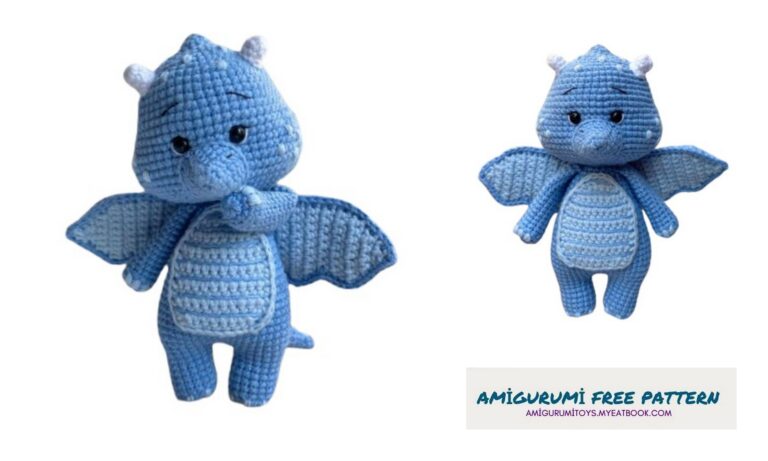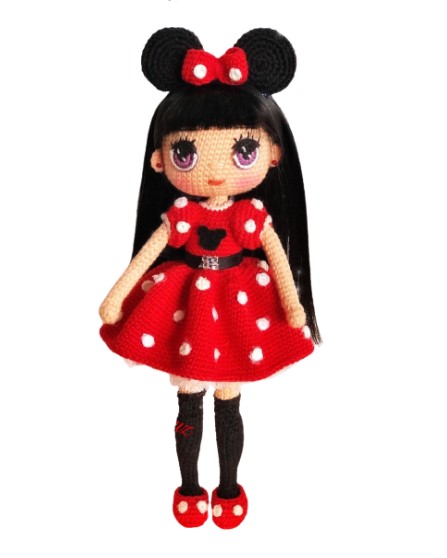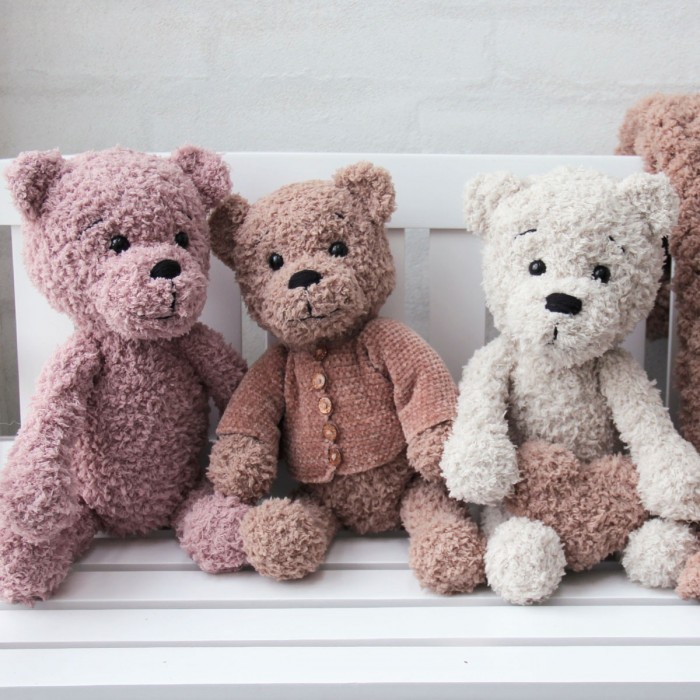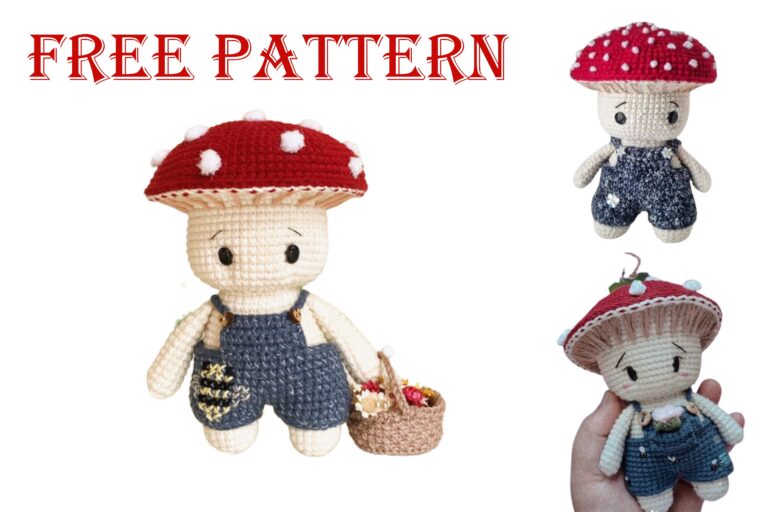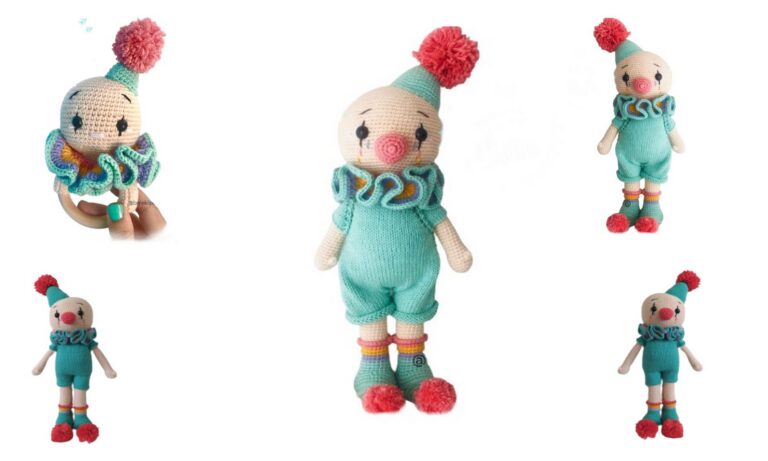Amigurumi Miracle dragon Free Pattern
Embark on a magical journey into the realm of crochet with our enchanting creation, the Amigurumi Miracle Dragon! If you’re a fan of mythical and whimsical crochet projects, you’re in for a truly magical treat. This free crochet pattern introduces a miraculous dragon, ready to spread its wings and bring a touch of fantasy to your handmade collection. Whether you’re an experienced crocheter or just starting, our pattern provides step-by-step instructions to bring this otherworldly creature to life.
Our Amigurumi Miracle Dragon crochet pattern is crafted to be accessible and enjoyable for creators of all skill levels. With clear instructions and accompanying images, bringing this magical dragon to life has never been more enchanting.
Materials:
- Alize Cotton Gold yarn (or any other at your discretion) for the pink dragon – 518 (pink) and 149 (raspberry, fuchsia), for the green dragon 522(mint) and 216(dark yellow),
- Hook No. 1.75
- Filler
- Long and short needles for sewing and embroidery details
- Pins
- Marker or contrast thread
- Eyelets on a secure mount 14mm or glass 12mm, felt circles optional d=2cm
- Glue Moment Crystal (for gluing felt and glass eyes) or super glue
Growth of the dragon taking into account the specified materials It turns out about 9-10cm with ears.
Abbreviations
MR – amigurumi ring
Sc – single crochet
Ch – air loop
Sl-st – connecting post
İnc – increase from Sc
Dec – decrease
Hdc – half double crochet
*n – number of repetitions, where “n” is the number of repetitions
(n) – number of columns in a row
Knitting all parts in a spiral.
I use the “half-cross” knitting method; with this method, the offset of the beginning of the row is minimal.
IMPORTANT!!!
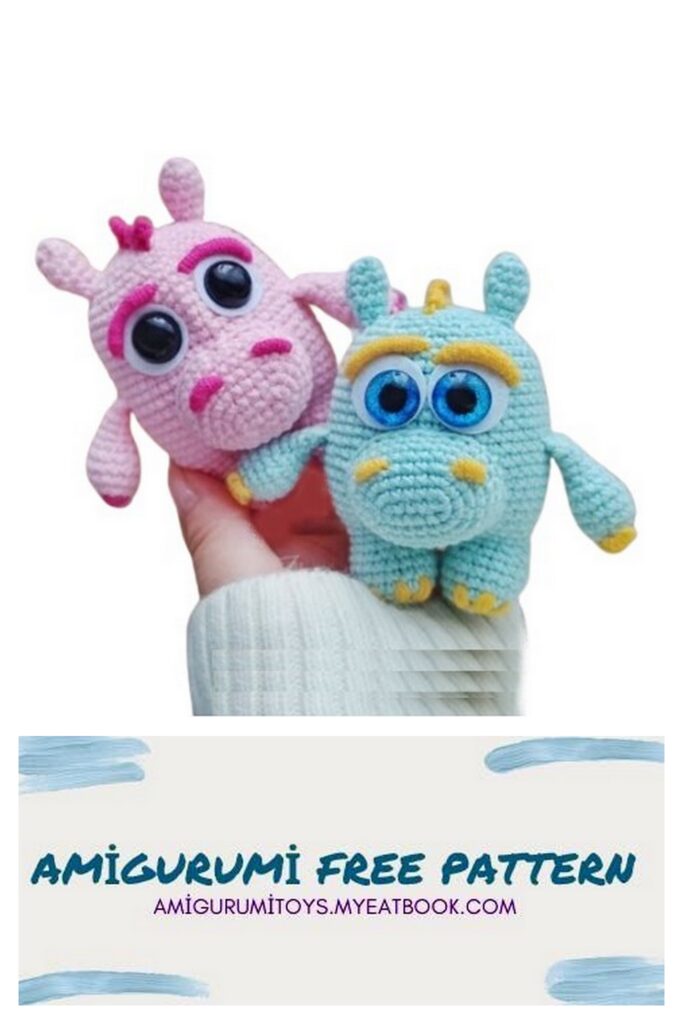

Hands. 2 details:
Pink thread.
1) 6MR
2) İnc*6 (12)
3) (3Sc, İnc)*3 (15)
4-5) 15Sc
6) (3Sc, Dec)*3 (12)
We fill only the palm.
7) (4Sc, Dec)*2 (10)
8-10) 10Sc (3 rows)
Fold the piece in half and knit 5Sc on both edges.
We cut the thread and fasten it.
Ears. 2 details:
Pink thread.
1) 6MR
2) (1Sc, İnc)*3 (9)
3-4) 9Sc
5) (1Sc, Dec)*3 (6)
6) 6Sc
Cut the thread, leave the tip for sewing parts.
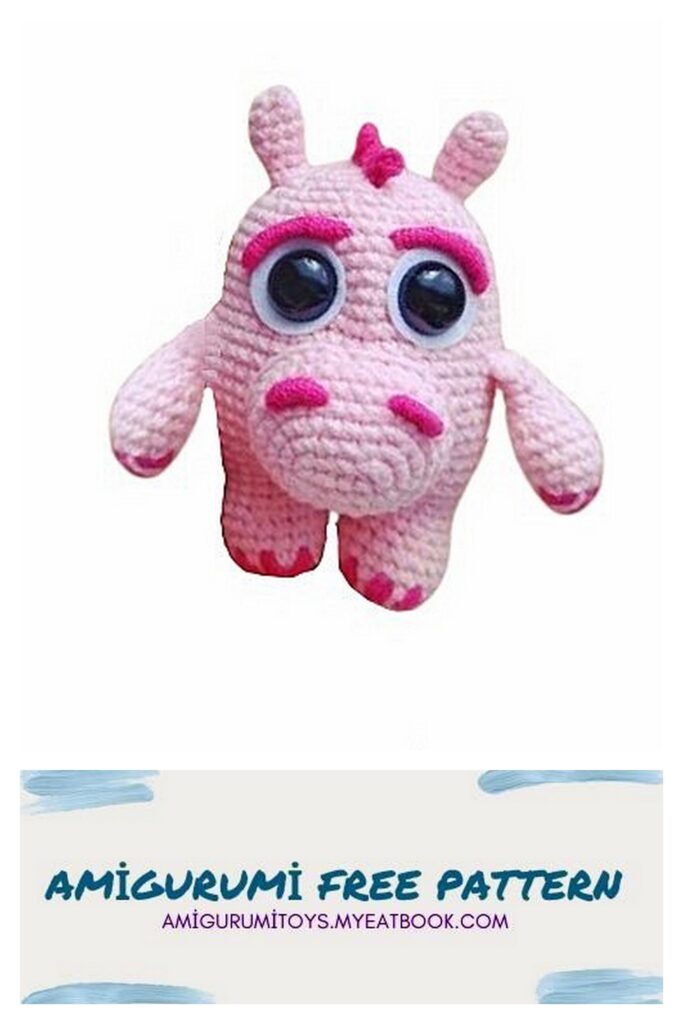
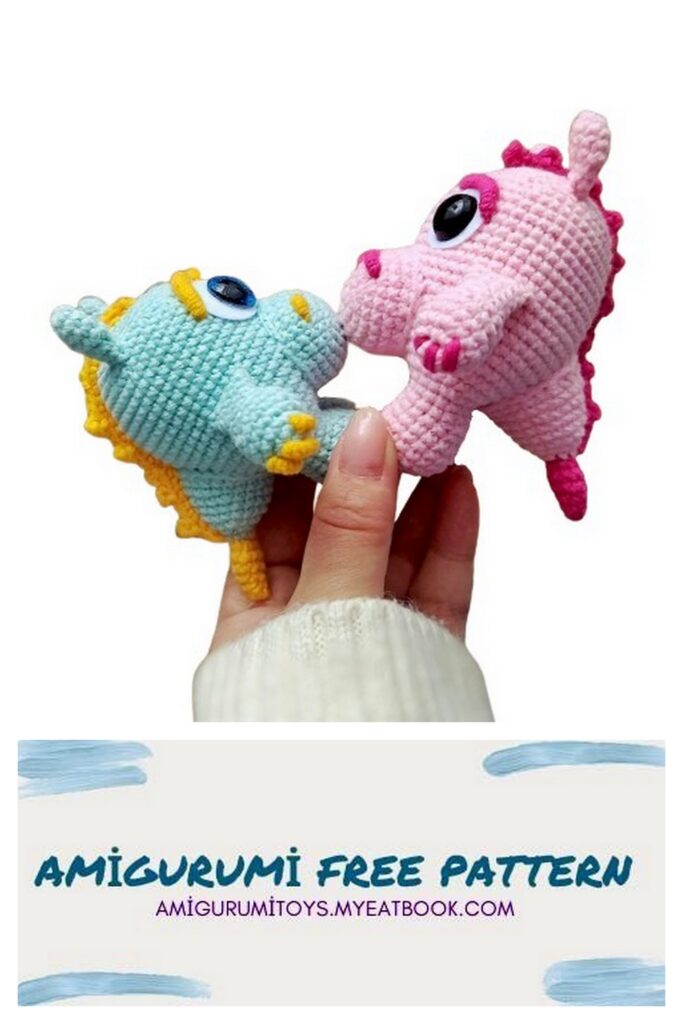
Muzzle:
Pink thread. We monitor the marker’s displacement and knit if necessary.
bias loops.
1) Knit a chain of 6Ch, then continue knitting from the 2nd loop from the hook on both sides of the chain: 4Sc, 3Sc in 1 loop, 3Sc, inc (12)
2) İnc, 3Sc, İnc*3, 3Sc, İnc*2 (18)
3) 1Sc, İnc, 3Sc, (1Sc, İnc)*3,
3Sc, (1Sc, inc)*2 (24)
4) 2Sc, İnc, 3Sc, (2Sc, İnc)*3,
3Sc, (2Sc, inc)*2 (30)
6-8) 30Sc (3 rows)
Cut the thread, leave the tip for sewing on the part.
Tail:
Raspberry thread.
1) 4MR
2) (1Sc, İnc)*2 (6)
3) (1Sc, İnc)*3 (9)
4-5) 9Sc
6) (1Sc, Dec)*3 (6)
Change the thread to pink, cut the raspberry one.
7) (1Sc, İnc)*3 (9)
8) (2Sc, İnc)*3 (12)
9) (1Sc, İnc)*6 (18)
10-11) 18Sc
12) (2Sc, İnc)*6 (24)
13) 9Sc, 6Hdc, 9Sc (24)
14) 6Sc, 12Hdc, 6Sc (24)
We cut the thread, leaving the tip for sewing.
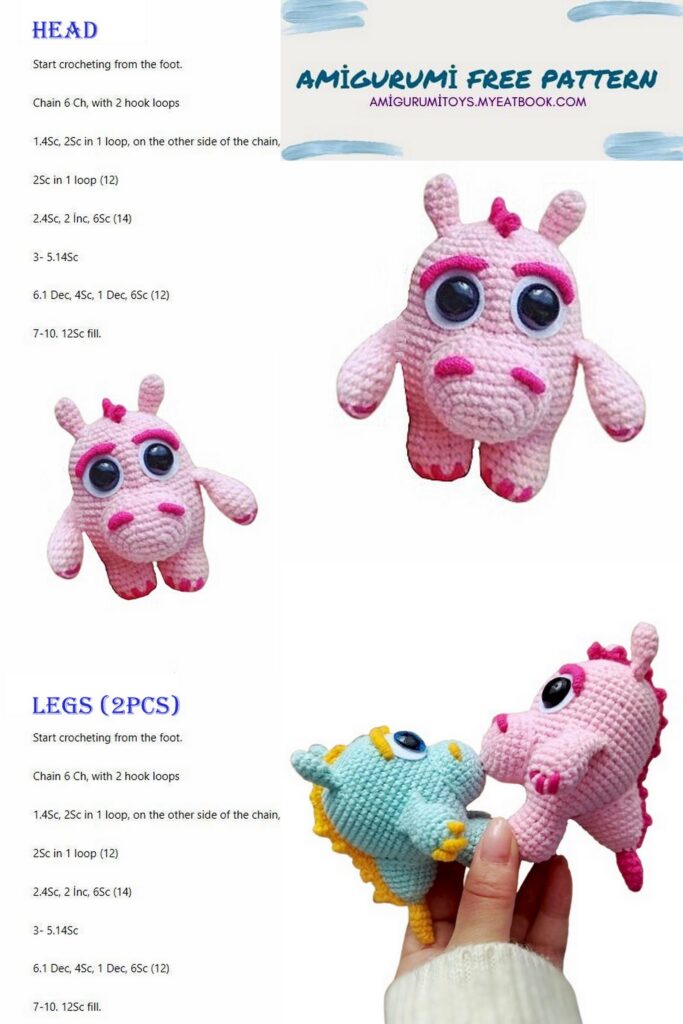
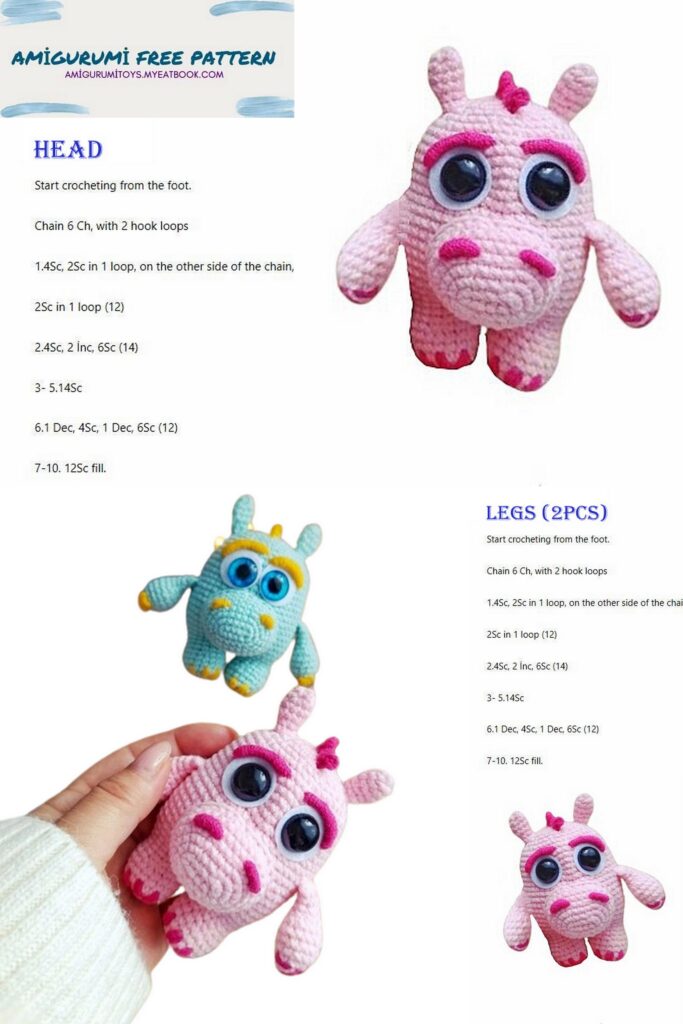
Legs-body-head:
We start with the legs, using pink thread. We fill the parts tightly during knitting.
First leg:
1) 6MR
2) İnc*6 (12)
3) (1Sc, İnc)*6 (18)
4-6) 18Sc
7) (4Sc, Dec)*3 (15)
8) 15Sc
We cut the thread on the first leg and fasten it.
We knit the second leg, but do not cut the thread.
We knit 3Ch, then attach the first leg and continue knitting in the round.
9) 15Sc on the first leg, 3Sc on Ch, 15Sc on the second
stem, 3Sc to Ch (36)
10) (11Sc, İnc)*3 (39)
11) 6Sc, İnc, (12Sc, İnc)*2, 6Sc (42)
12) (13Sc, İnc)*3 (45)
13) 7Sc, İnc, (14Sc, İnc)*2, 7Sc (48)
14-18) 48Sc (5 rows)
In the next row we knit the handles, having previously marked five loops strictly on the sides.
Because row offset for everyone
different, then the number of loops from the beginning of the row to the moment of tying the first handle may differ for many.
I have:
19) 7Sc for body, 5Sc
(we knit the body loops and 5 handle loops together), 19Sc on the body, 5Sc (we knit the body loops and 5 loops of the second handle together), 12 Sc on the body (48)
If you use glass eyes or eyes on a small-diameter safe mount, then
we knit:
20-27) 48Sc (8rows)
If you use eyes on a secure mount
large diameter (12mm or more), they usually have a thick leg, then in the 22nd row we pass one loop under the eyes, having previously marked the place:
20-21) 48Sc
22) 48Sc (in the places for the eyes we knit Ch and skip one stitch)
23) 48Sc (including knitting Sc to Ch)
24-27) 48Sc (4 rows)
In this toy, I have 7 loops between the eyes, and later I made a little tightening, but you can leave less. If desired, you can make the whites of the eyes from felt.
28) 3Sc, Dec, (6Sc, Dec)*5, 3Sc (42)
29) (5Sc, Dec)*6 (36)
30) 2Sc, Dec, (4Sc, Dec)*5, 2Sc (30)
31) (3Sc, Dec)*6 (24)
32) (2Sc, Dec)*6 (18)
33) (1Sc, Dec)*6 (12)
34) Dec*4, do not knit the remaining loops (8)
We cut the thread and leave the tip, use a needle to tighten the hole by the front half-loops and hide the tip inside.
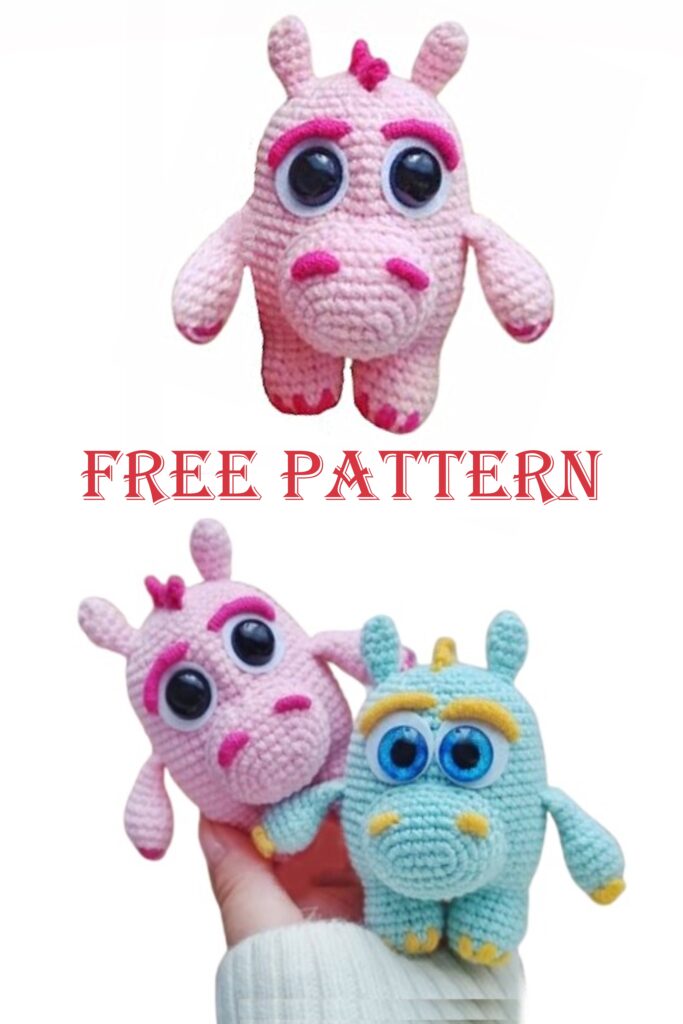

Decor:
We sew all the details to the body (ears, muzzle and tail), add filler to the muzzle and tail.
Sew the muzzle approximately between 13 and 20 rows.
We glue the glass eyes above the muzzle, optionally using felt or ready-made felt circles.
Next, we knit the mane, having previously outlined a line with pins from the forehead to the end of the ponytail. See photo.
Inserting the hook under the posts on the head, we knit to the end Sl-st.
Ch to pico, and so on until the end.
We cut the thread and hide the tip inside.
We embroider the claws on the paws. We make 2-3 stitches.
Using 3D embroidery, we embroider the eyebrows and nostrils, having previously marked them with pins in the right places.
For the eyebrows I made 22 turns, for the nostrils about 10
rpm The number of turns depends on the size of your parts. Do not wrap the thread tightly around the needle, otherwise you will not be able to pull the needle out in the future.
